Neurological Disease In Cats
Neurological disease in cats. The diagnosis of neurological andor ocular disease is ultimately based on where a cat comes from the clinical signs age common changes in complete blood count anemia lymphopenia serum protein changes high total protein high globulin low albumin low AG ratio. A Florida panther kitten born to a. The signs that your cat may be suffering from a neurologic disorder include.
Tumors of the Nervous System. Crying at night could mean your kitty wants reassurance and feels disorientated. A lack of thiamine vitamin B 1 in the diet can cause a loss of motor control stupor seizures and coma in cats.
Thyroid and adrenal gland abnormalities and electrolyte abnormalities can also cause neurologic signs. It is an inherited disorder that causes episodes of weakness in the neck muscles. Cats can also develop neurological disorders from trauma such as being hit by a car or from aging.
Inadequate amounts of B 6 can cause seizures. Unusual in cats causes stiff paralysis in an extremity upon infection. Neurological disorders in cats involve the nervous system and the brain.
This disorder is cause by a dysfunction of the cats sympathetic nervous system. One of the most common neurological disorders in felines epilepsy means your cat experiences seizures the result of abnormal electrical brain activity. Some cats are naturally vocal but an increase in vocalisation may indicate a neurological problem such as dementia.
And a noticeable change in its gait and apparent sense of balance. In some cats this seems to be a behavioral disorder based on response to medications used for behavioral problems. Neurological disorders in cats can be congenital meaning that they are born with a neurological problem or can be infectious which is when a cat becomes infected with a virus or disease that causes the neurological disorder to develop.
It is also important to remember that a normal neurological exam does not in itself rule out a neurological problem for example a cat may suffer from seizures due to a neoplastic cause and have no other signs of forebrain disease on exam. It may walk in circles.
Soiling in inappropriate places such as the bed or outside the litter tray could mean your cat feels confused.
A disease known as feline leukomyelopathy has likely stricken 48 panthers and bobcats leading to concerns about the impact on Floridas state animal. A disease known as feline leukomyelopathy has likely stricken 48 panthers and bobcats leading to concerns about the impact on Floridas state animal. During these episodes affected cats cannot lift their heads. One of the most common neurological disorders in felines epilepsy means your cat experiences seizures the result of abnormal electrical brain activity. Lymphoma may also be a differential diagnosis for dry FIP but this disease is usually sporadic and in older cats. Involves the death of nerve cells that control skeletal muscles. This disorder is cause by a dysfunction of the cats sympathetic nervous system. Tumors of the Nervous System. Cats can also develop neurological disorders from trauma such as being hit by a car or from aging.
Involves the death of nerve cells that control skeletal muscles. One of the most common neurological disorders in felines epilepsy means your cat experiences seizures the result of abnormal electrical brain activity. In some cats this seems to be a behavioral disorder based on response to medications used for behavioral problems. Dewey may suddenly flop down and flail around. Thyroid and adrenal gland abnormalities and electrolyte abnormalities can also cause neurologic signs. A Florida panther kitten born to a. Horners syndrome in cats is a neurological disorder that consists of a set of symptoms that affect a cats nervous system.
/midsection-of-vets-examining-injured-cat-at-hospital-686775025-5a6e226d1d64040037cd292d.jpg)



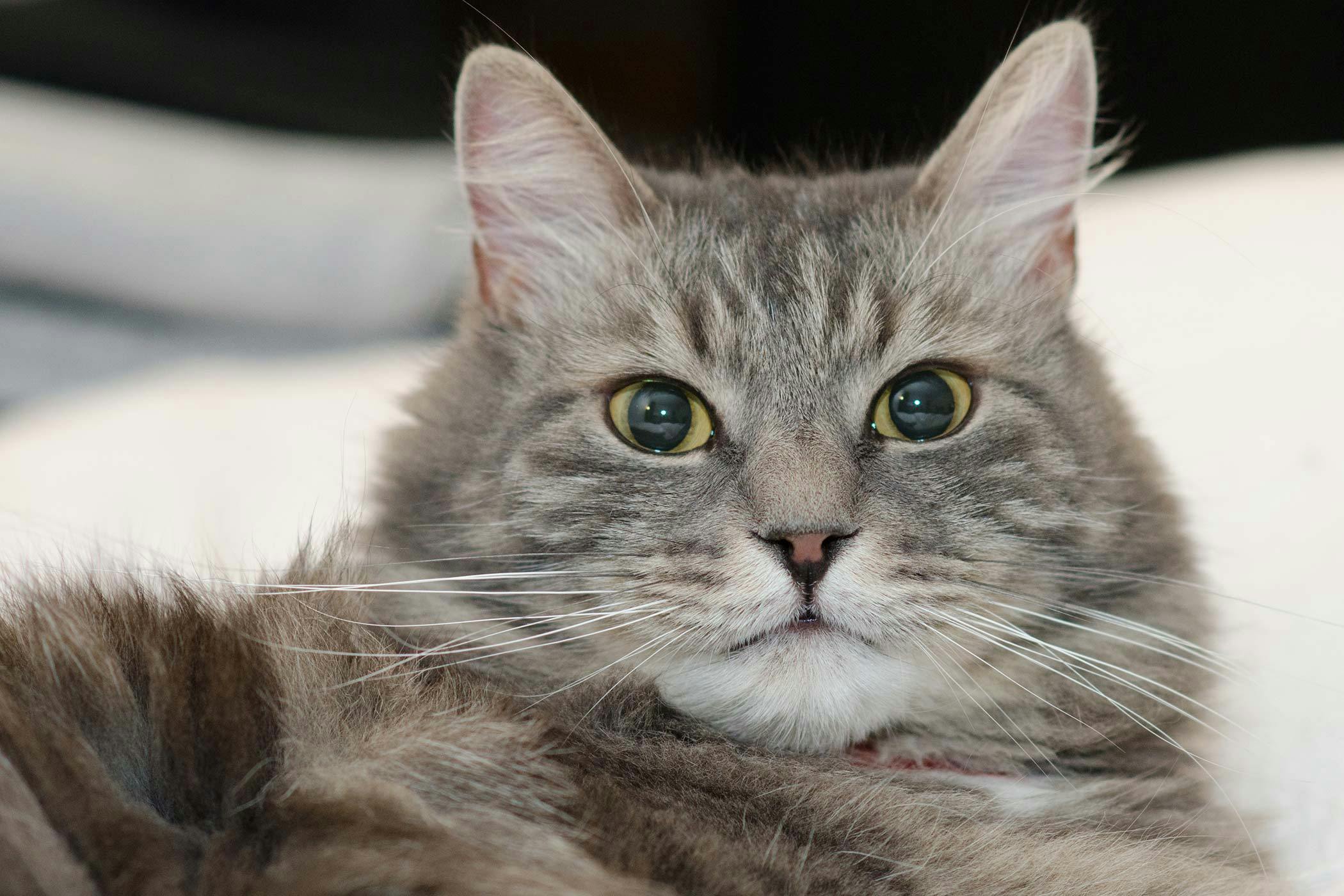

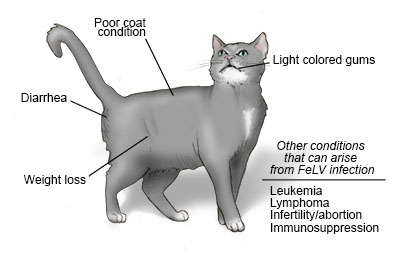

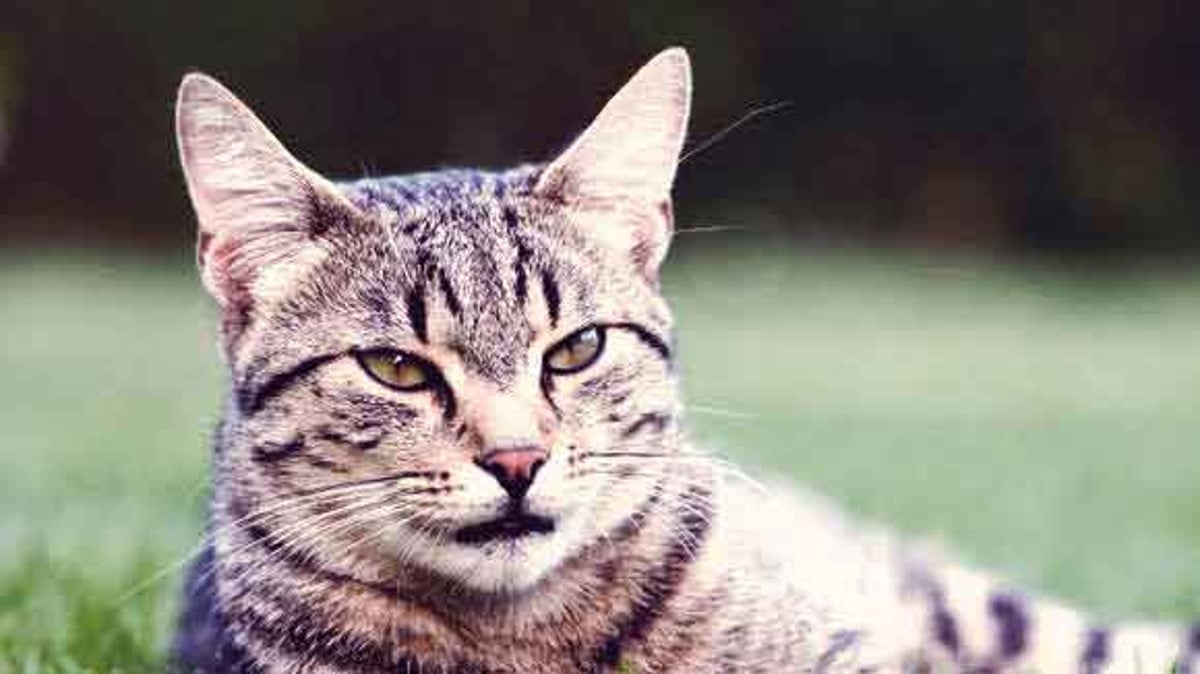


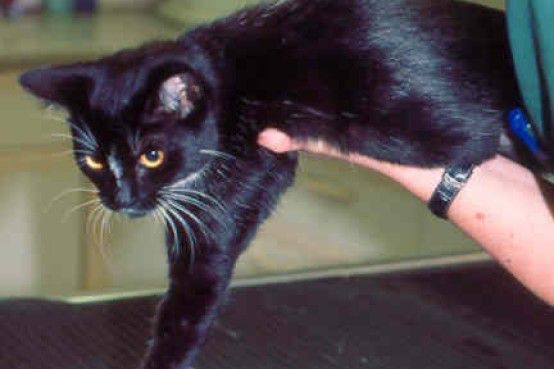



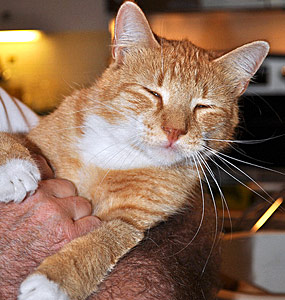




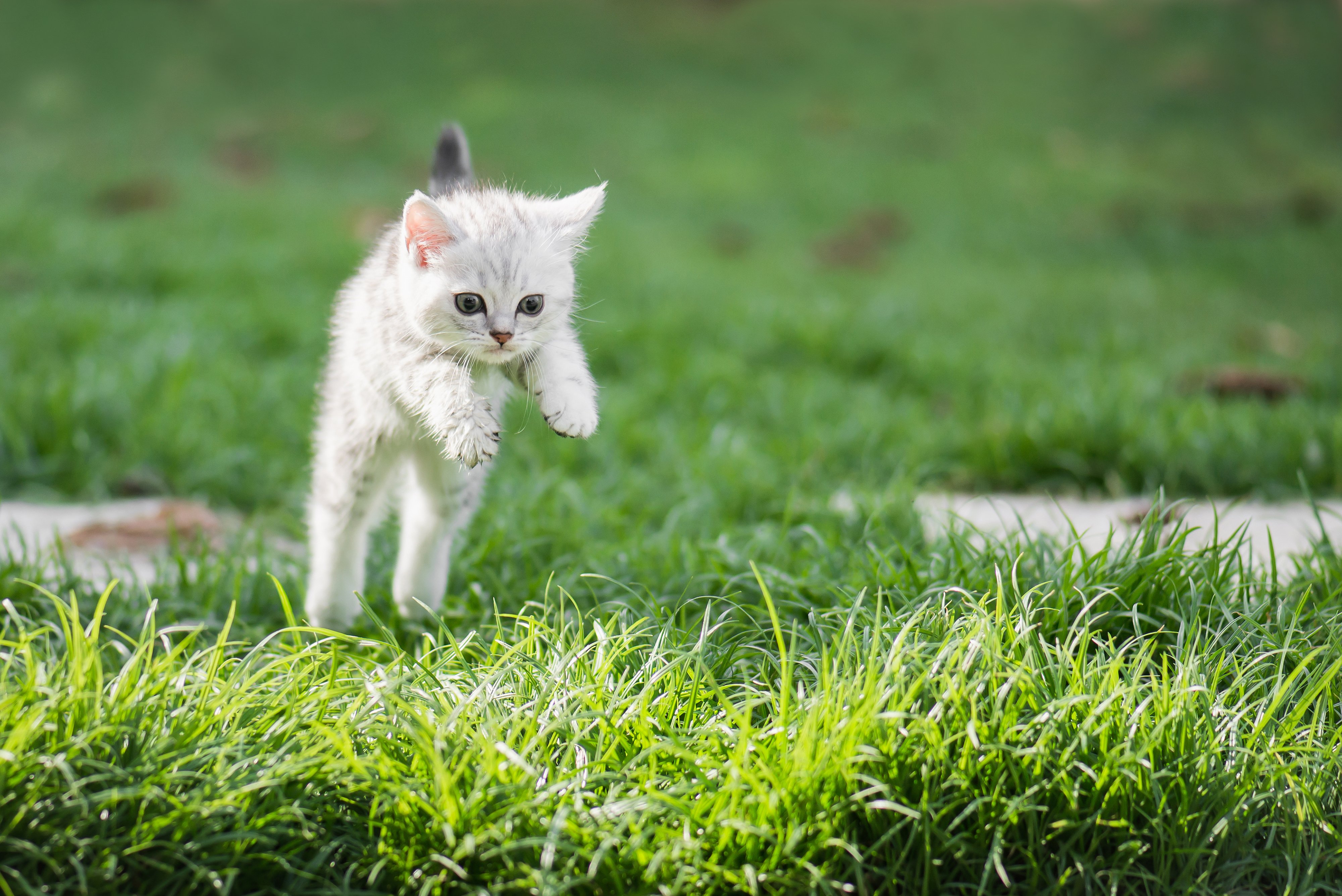
:max_bytes(150000):strip_icc()/GettyImages-1311907336-115d94511a7b4120b85edad67c5db9fd.jpg)
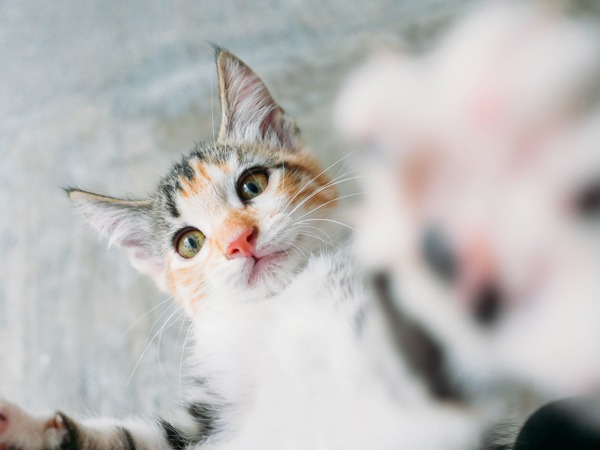

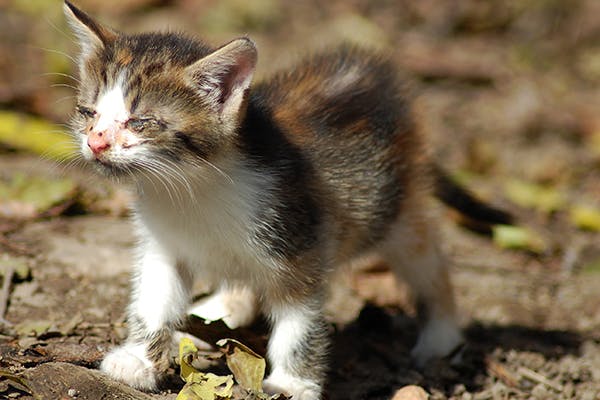




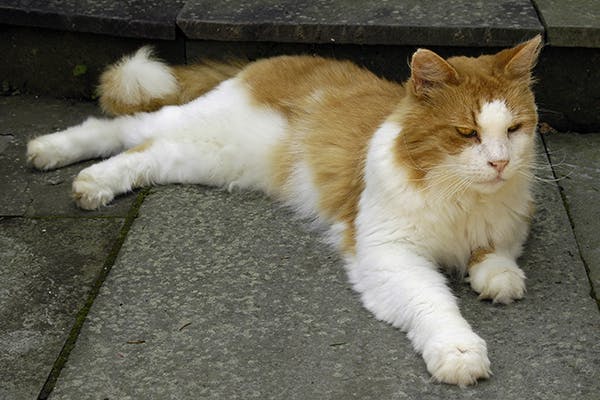
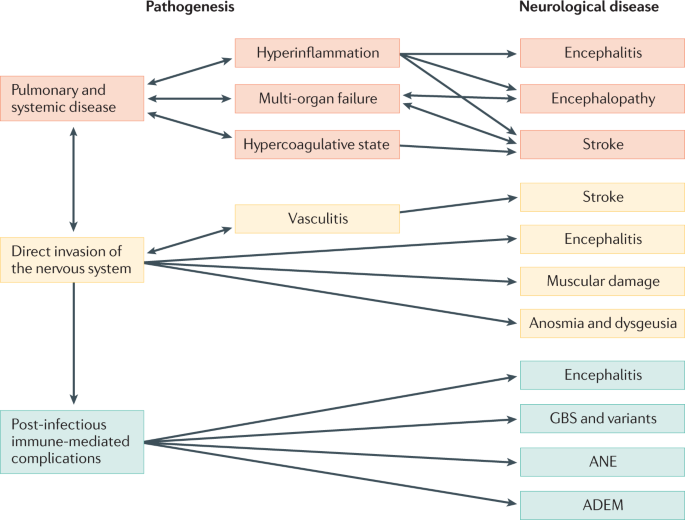
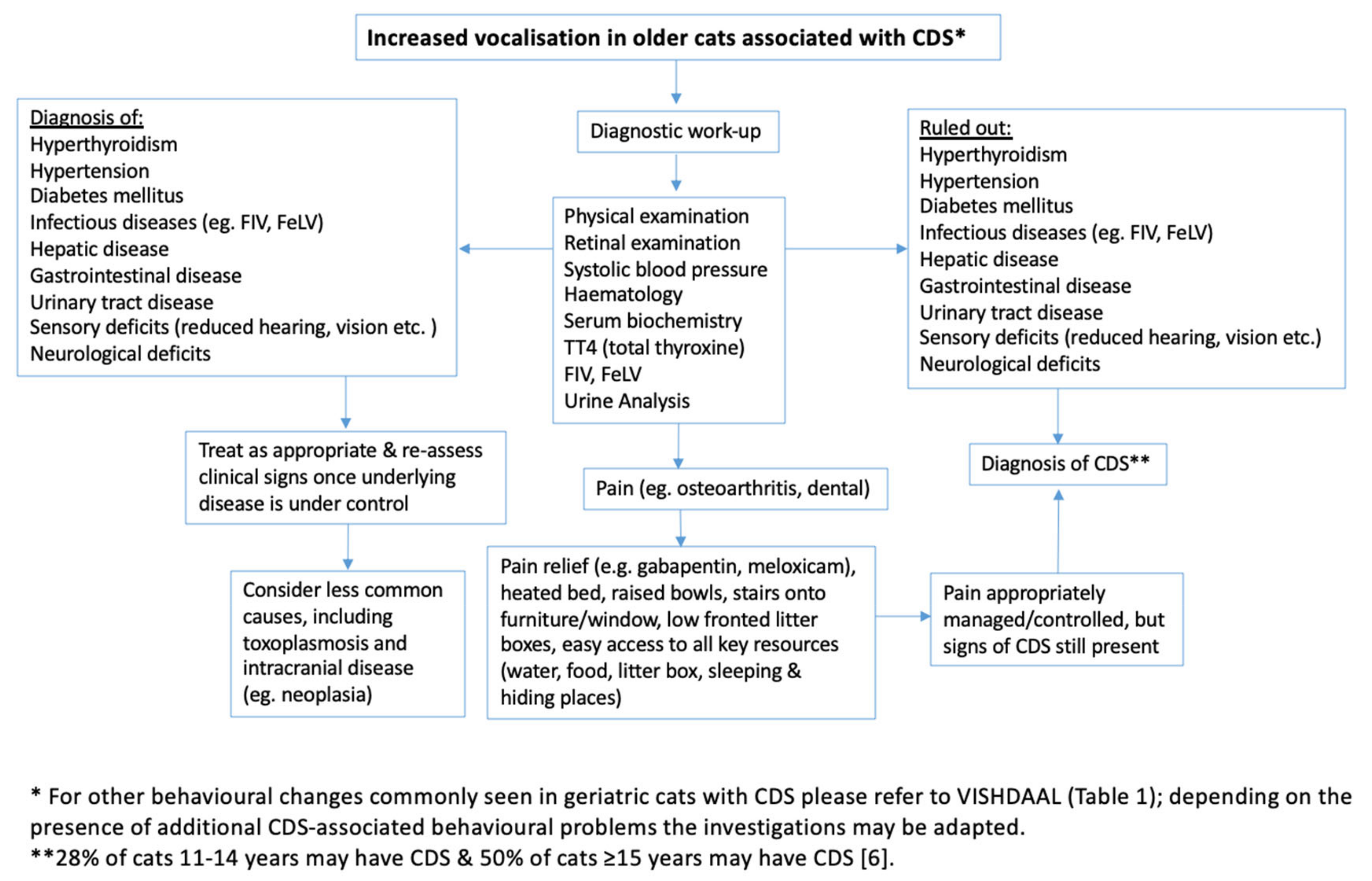





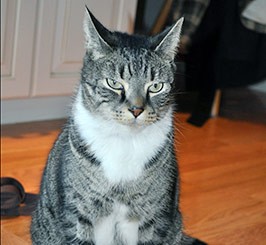

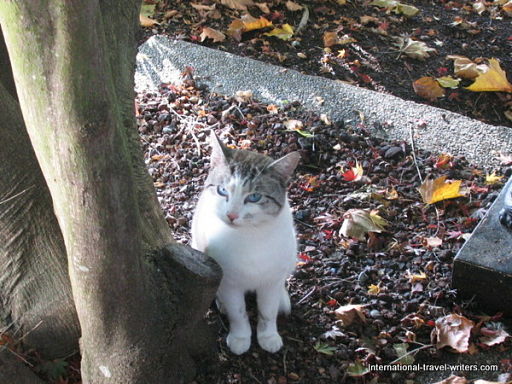
:max_bytes(150000):strip_icc()/FelineHyperesthesiaSyndrome-446c022ad7d4444188e5ff7632d1c0c7.jpg)
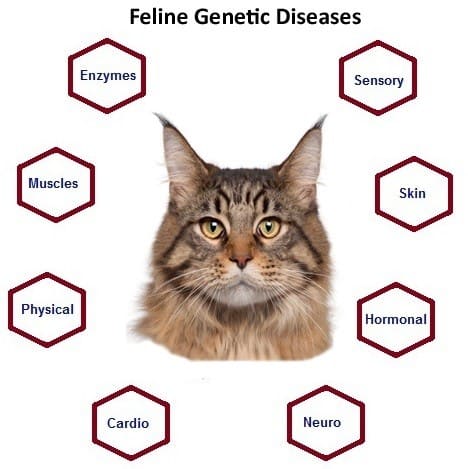




Post a Comment for "Neurological Disease In Cats"